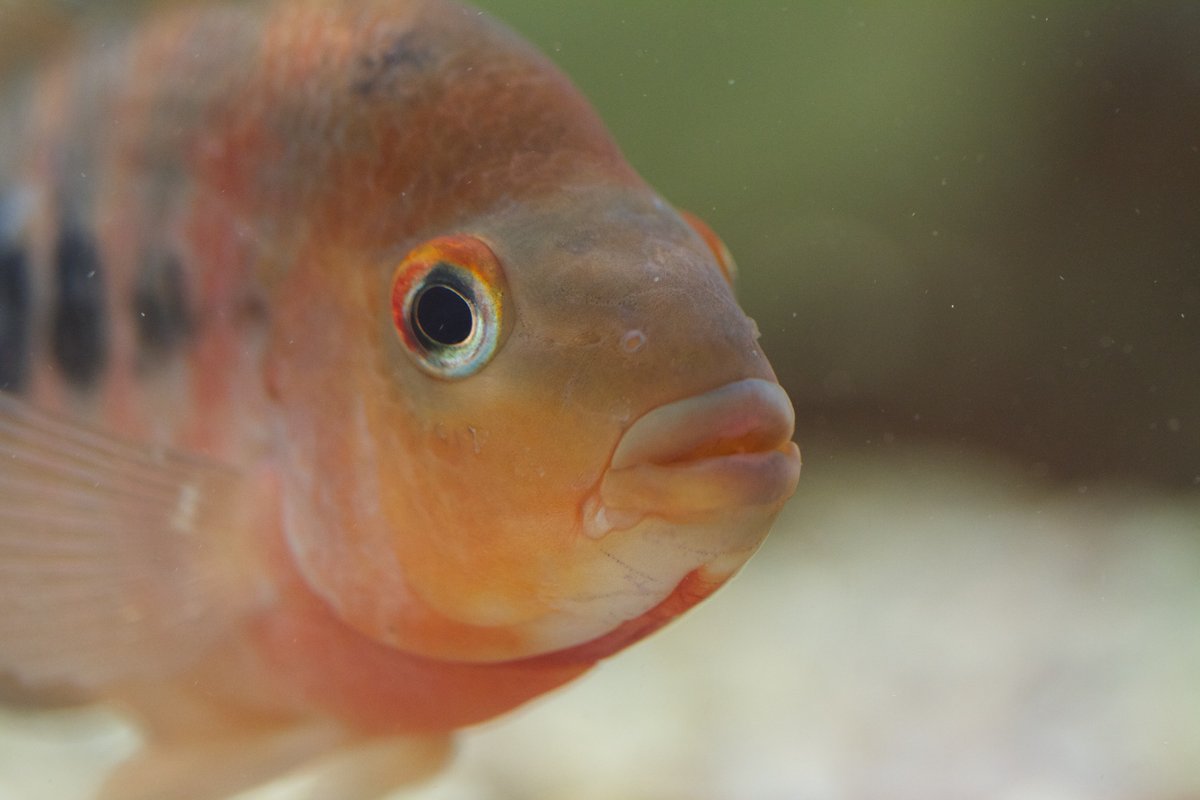Is evolution predictable?
Biologists from the University of Konstanz produce evidence of parallel evolution in Nicaraguan crater lake
Imagine we could turn back time and start evolution all over again: Would the same species evolve that we know today? In other words: Does evolution repeat itself? Can we predict how species evolve and adapt to their environments? New research carried out by biologists from the University of Konstanz suggests that evolution does repeat itself across shorter time periods of approximately 1,500 years, a phenomenon called “parallel” evolution. The research team led by evolutionary biologist Professor Axel Meyer examined the genetic and phenotypic changes found in seven different species of cichlids that live in the same Nicaraguan lakes. The result: All seven species of fish show parallel evolutionary adaptations to their shared habitat. The study focussed in particular on how the eyes of these seven species adapted to the light conditions in a crater lake. The research results were published online in the open access research journal Evolution Letters on 17 July 2018.
The seven species of fish examined in the study all originate from the two great Nicaraguan lakes, colonising smaller crater lakes at a later point in time. For evolutionary biologists, conditions such as these are a gift: They allowed the researchers to compare the younger populations endemic to the crater lakes with their relatives from the older populations that never left the great lakes.
In the eye of the cichlid
While the water of the great lakes is muddy and allows for little light penetration, the waters of some of the smaller crater lakes are crystal clear. The fish species that dispersed to the crater lakes were thus exposed to radically different light conditions: “Instead of long-wavelength reddish light, the fish were suddenly exposed to more short-wavelength blue light in the crater lake”, explains Andreas Härer, first author of the study. “We predicted that these fish would adapt their visual sensitivity to shorter wavelengths – and this is precisely what we found”, he adds. The evolutionary changes that the eyes of the cichlids underwent to adapt to changing light conditions represent an excellent “natural experiment”, since all seven species, however different they may be in other respects, had to adapt to this one factor: light.
Seven opsins
“We managed to determine all genes active in the retina of the fish. Then we filtered out the opsins, which are responsible for colour vision”, explains Andreas Härer. Opsins are proteins found inside the photoreceptor cells of the retina. Humans only have three different opsins: one for red, one for green, one for blue. Cichlids, by contrast, are equipped with seven different opsins, which allow them to distinguish between a much greater variety of colours. According to Härer, “the fish typically only use three of their opsins, but if light conditions change, they are able to use a different set”.
How, then, does the respective opsin set that the fish use shift in response to the light conditions of the crater lake? “Evolutionary adaptation seems to have affected different kinds of opsins in different species of fish. But they all underwent the same kind of change to accommodate shorter wavelengths. The overall picture is consistent”, Andreas Härer concludes. On their “evolutionary journey”, the different species seem to have taken different routes, but these routes have all led to the same destination. Similar habitats have caused similar evolutionary eye adaptations in all seven different species of fish.
Predicting evolution
We can only speculate as to whether evolution would repeat itself exactly if we were to turn back time by two billion years and start again. However, the evolutionary biologists from the University of Konstanz were able to show that, for shorter time spans of several thousands of years, predictions can be made as to how different species repeatedly adapt to changing environmental conditions in a similar manner. “We can thus predict change. As regards climate change, studies such as ours will allow us to deliver relatively precise forecasts as to how organisms will respond”, Andreas Härer says about the bigger picture.
The research project was carried out in the context of Professor Axel Meyer’s ERC Advanced Grant “Comparative genomics of parallel evolution in repeated adaptive radiations”, which receives funding from the European Research Council (ERC) in the amount of € 2.5m.
Facts:
- Evolutionary biologists from the University of Konstanz document parallel evolution in seven different species of cichlids that colonized the same novel habitat.
- Original publication: Andreas Härer, Axel Meyer, Julián Torres-Dowdall: Convergent phenotypic evolution of the visual system via different molecular routes: How Neotropical cichlid fishes adapt to novel light environments. Evolution Letters. July 2018. https://doi.org/10.1002/evl3.71
- Molecular biological analysis of evolutionary eye adaptations to changing light conditions among seven species of fish.
- Similar habitats have caused similar evolutionary eye adaptations in all seven different species of fish examined in the study, i.e. an alignment of the opsins (proteins found inside the photoreceptor cells of the retina) with shorter wavelengths.
- Research project carried out in the context of Professor Axel Meyer’s ERC Advanced Grant “Comparative genomics of parallel evolution in repeated adaptive radiations”.
- Funded by the European Research Council (ERC), the German Research Foundation (DFG) and the Young Scholar Fund (YSF) of the University of Konstanz.


